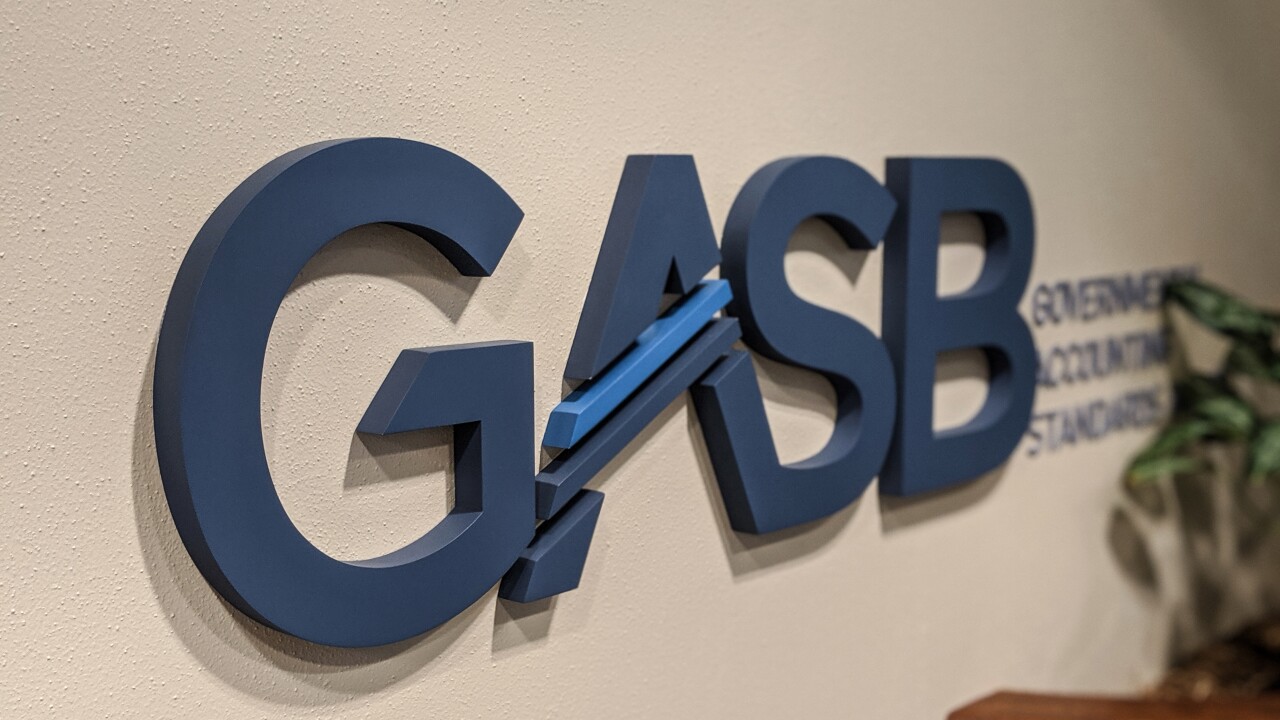As the board of New York's Metropolitan Transportation Authority weighs a consulting firm's far-reaching overhaul proposal for the mass-transit agency, one infrastructure analyst has suggested how the authority could save $10 billion over a decade.
The MTA could realize that amount through direct capital savings, new non-taxpayer revenues, or in savings to the day-to-day operating budget that could go toward capital spending, according to Nicole Gelinas, a senior fellow with the think tank Manhattan Institute for Policy Research.
The full board must vote Wednesday on the

"The MTA will not reform itself," Gov. Andrew Cuomo, who has tightened his grip on the MTA, told board members last week in a
The projected $2 billion in annual new revenues from congestion pricing in Manhattan, a mansion tax and a change in the Internet sales tax — part of the enacted fiscal 2020 state budget and which could generate up to $25 billion in bonding — will not cover the MTA’s projected capital needs, Gelinas said.
According to Gelinas, the AlixPartners report, which suggested consolidating back-office functions and separate bus companies among other measures “ignores or glosses over some of the key factors that are driving up MTA costs, culminating in a potential $1 billion deficit in three years."
The MTA is one of the largest municipal issuers with $42.7 billion of debt as of July 5, according to authority documents. It expects to price $600 million in transportation revenue green bonds, including a $100 million refunding, around Aug. 7, finance director Patrick McCoy said Monday.
While the AlixPartners report was draped in consultancy-speak and flow charts, local news organizations and social media more vividly captured the latest transit nightmares over the past few days.
They included a water surge at a Queens station that nearly swept a man off his feet and into the path of an oncoming train, and — one day later — commuters stranded on platforms during an extreme heat emergency due to signal problems that knocked out seven subway lines.
MTA officials blamed the flooding at the Court Square-23rd Street station on nearby construction work, where water accumulated without a suitable pumping system. New York City Transit President Andy Byford said a software bug in the automatic train supervision system caused Friday's multiline shutdown.
While praising Byford and his team for crisis management, Ellyn Shannon, representing the New York City Transit Riders Council, suggested that such troubleshooting would be difficult under reorganization.
"Had the system been split the way the reorg proposes — separating operations planning, engineering, capital program management and buses from transit, we question if service would have returned to normal when it did," Shannon told the MTA board's transit and bus committee on Monday. "We are deeply concerned that this change will have a direct and negative impact on the riders."
Several transit advocacy groups accused Cuomo of secretly and hastily pushing through the reorganization, which could bring about 2,700 job cuts at the MTA.
Should the MTA continue to spend its capital funds at the pace of the last few years, the authority, Gelinas said, will spend an additional $66 billion on major projects by 2030.
“Moreover, the MTA has a long history of completing capital projects late and over budget, and its construction costs are far above global standards,” Gelinas said.
The biggest savings, Gelinas said, could be $3.7 billion in materials costs. On a large project, she said, outside observers cannot assess whether the MTA is paying a fair market price for materials such as concrete and steel. In May 2019, MTA received three bids for concrete, ranging from $384 million to $603 million.
Other target areas, such said, include $2 billion in prevailing-wage and work-rule costs; just under $1.5 billion each in procurement, productivity gains and healthcare; and $300 million in commercial revenue generation.
The business group Partnership for New York City and Boston Consulting Group found that only 4% of MTA’s annual operating budget, or $700 million, comes from non-farepayer and non-taxpayer revenues, such as commercial revenues generated by entrepreneurial efforts such as property leases, e-commerce pickup locations, loyalty partnerships and advertising.
Partnership for New York City has called on the MTA board to reate a dedicated unit with staff incentivized to reach a $1 billion annual target.





